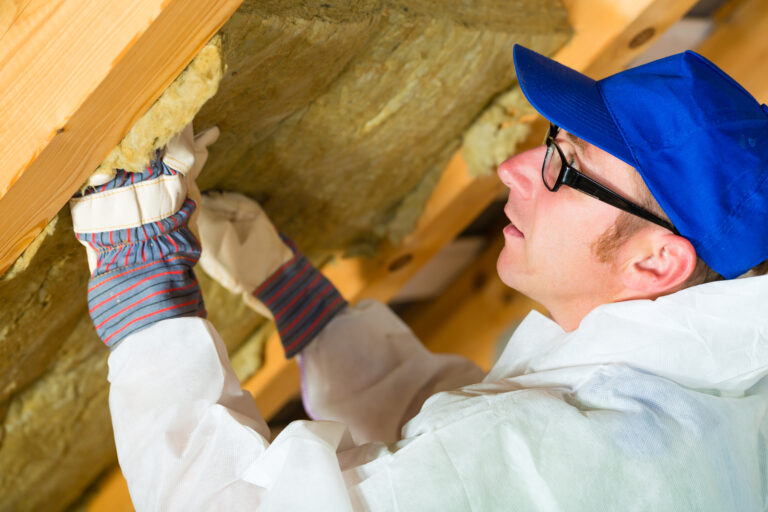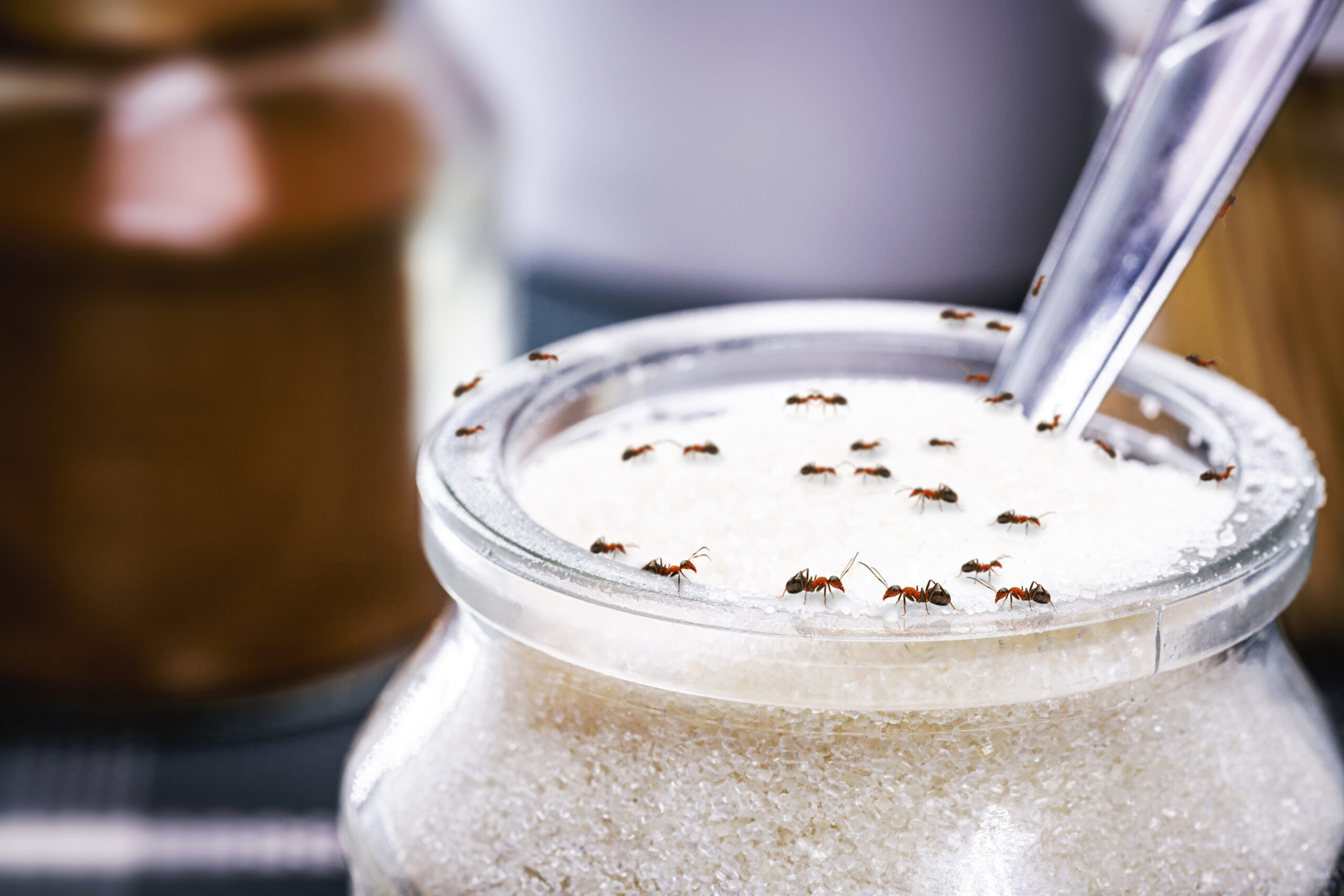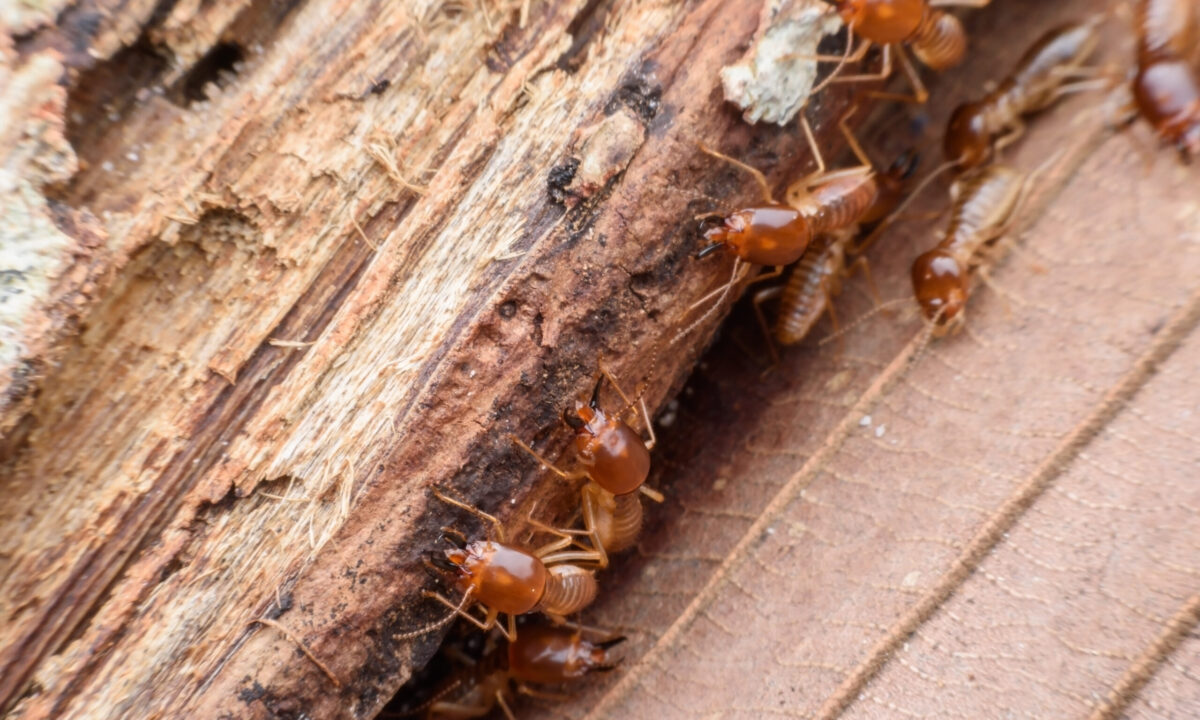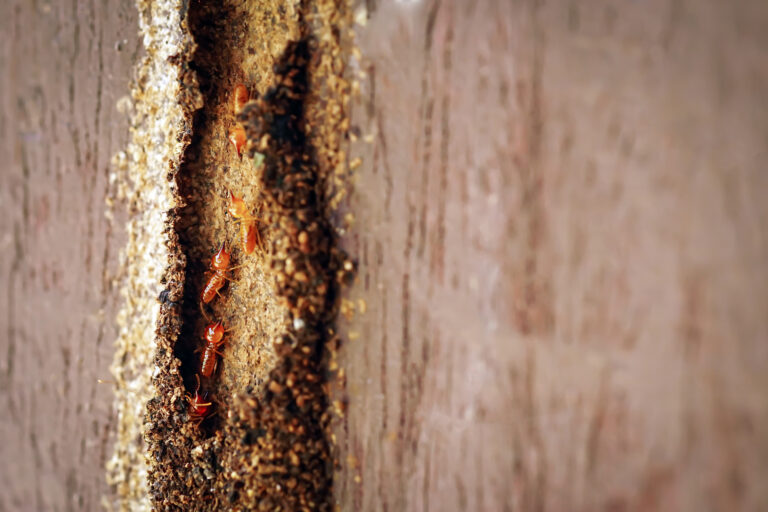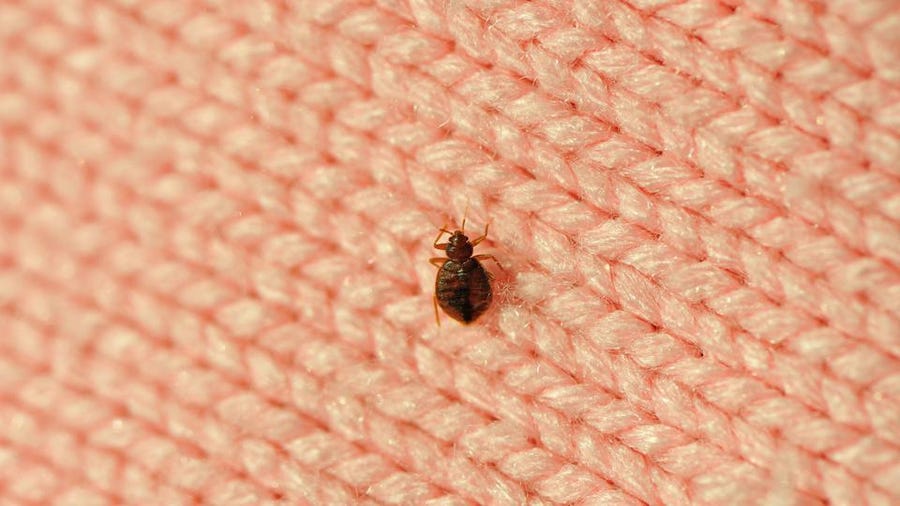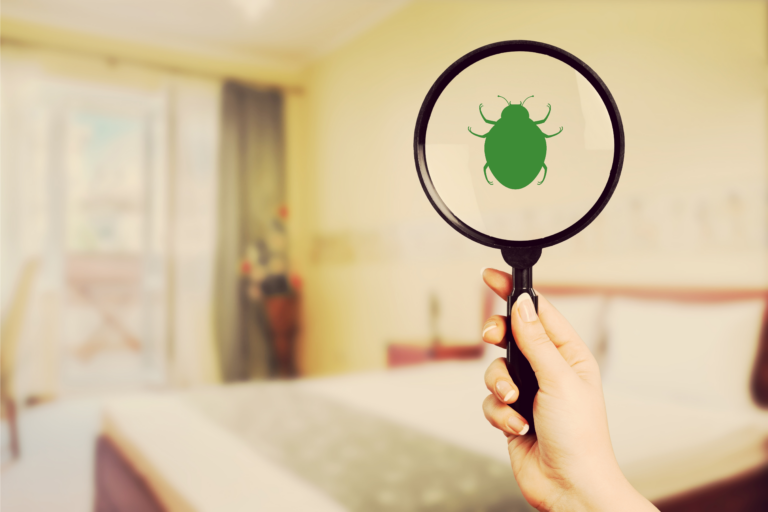7 Common Mistakes People Make When Hiring a Pest Control Company
Pepper Moran
on
2023-04-15
7 Common Mistakes People Make When Hiring a Pest Control Company
Do you need help hiring a pest control company to help rid your home of pests? Taking the necessary steps to protect your property and family is important, but people make many common mistakes when choosing a pest control company.
Understanding common pest control pitfalls before selecting a service provider is essential to ensure you get the best treatment for your situation. Here are seven of the most frequent mistakes people make when hiring a pest control company so you can avoid them and feel confident in making an informed decision.
Have a pest problem?
Enter your zip for local pest control services.
"*" indicates required fields

Mistake #7: Lack of pest control understanding
Managing pests can be complicated. Therefore, when shopping for a pest specialist, you must be aware of some basic pest control practices and principles to weed out the good companies from the not-so-good ones.
Pest control is a science, and every property is different. To control pests correctly, a pest control company should assess the situation with a full inspection before diagnosing or treating any issues. A reliable and trustworthy pest company won’t just be eager to sell you a service; they’ll want to work together as a team to help you achieve long-term pest control results.
Mistake #6: Having unrealistic expectations
This point ties in with the above: a lack of understanding of pest control leads to unrealistic expectations.
The best pest control company won’t be too eager to treat using products and chemicals. Instead, they should want to build a relationship with you while finding the best, most cost-effective, and environmentally conscious solutions to each issue, starting with pest identification.
Pest control can take time, especially if the issue is severe. As frustrating as it can be, try to be patient. If your pest control company has advice for what you can do to help with treatment, make sure to follow it. Pest control is a team effort, and following your pest company’s advice could be the key to keeping pests away for good!
Mistake #5: Not doing the research
Do your research before hiring a pest control company. Of course, most people head to the internet to do their research, and that’s a great place to start, but it also helps to keep an eye around town and chat with neighbors.
What pest control company vehicles do you notice driving your streets? Which pest control offices are close to your house? The more experience a pest control company has controlling pests in your neighborhood, the better.
Also, having a preferred search engine or review site is okay, but be sure to cross-verify pest control companies before hiring someone to come out to your house. After all, pest control can be pricey, and you want to ensure the company you hire is one you can trust.
Use multiple sites to conduct your research and find the right pest control company for your situation, budget, and lifestyle.
Mistake #4: Choosing a company because they have the most reviews
A five-star review is a five-star review, right? Not always…
When looking through review pages, understand that the number of reviews isn’t necessarily as important as the quality of reviews. Unfortunately, nowadays, companies can boost their online presence by paying for 5-star reviews.
Spend time reading through company reviews carefully to ensure they’re from real customers who took the time to share their experience and not from false accounts that trick people into trusting companies they shouldn’t.
Mistake #3: Getting swept up in ‘green’ pest control advertising
Green pest control practices are good, but watch out for ‘greenwashing’ when hiring a pest control company.
Greenwashing is a way that all kinds of companies (not just pest control) try to capitalize on the need for eco-friendly products and services without actually providing what they say they will. Often, products and services that have been “greenwashed” are the same as before, just with some catchy new slogans or taglines. But, green or not, if a pest program focuses solely on product application, beware!
If you’re really interested in eco-friendly pest control, focus on finding companies that stay up-to-date on pest science and biology and use trusted pest control methods like IPM. These companies will have the tools to help you achieve lasting pest control results with minimal risk.
Mistake #2: Choosing pest control services based on price alone
Let’s be frank: you won’t get the best quality pest control services if your primary concern is spending the least money. Opting for the cheapest pest control option can cause pest problems to become worse, leading to more significant costs in the long run.
While it can be tempting to go with the service that costs the least, instead, go for the one that makes the most overall sense, not just for your wallet but for your family, property, and environment.
Mistake #1: Not signing up for recurring pest control services
Recurring pest control services are necessary if you want to keep your home and property safe from the damage pests cause while staying on a budget. If your pest company is coming out regularly, it gives them a chance to address pests seasonally, working ahead of pest problems to avoid severe issues in the first place.
Pests are incredibly persistent, and they will keep trying to come back. Regular pest control doesn’t just mean consistent service visits. With recurring services, you’ll have trusted pest pros in your corner if an issue arises.
Another big bonus? Regular pest services often cost less over time than paying for separate one-time treatments.
Just be careful: Make sure to read the contract thoroughly before signing. Some companies require a minimum contract term, and you’ll want to be aware of those terms before you sign.
Find pest control experts in Seattle, Washington
Enter your zip for local pest control services.
"*" indicates required fields

Is Termite Damage Covered by Home Insurance? What Homeowners Need to Know
Termites may be small, but they can cause big problems for homeowners. These sneaky insects munch away at the wood in our homes, causing damage

Can cockroaches cause property damage?
Can cockroaches really cause property damage? Learn the truth by exploring their habits, harm to structures, and contamination risks.

The Bed Bug Mystery: Finding Where They Really Come From
Learn how to prevent bed bug infestations and keep your home bed bug free! Become a bed bug detective with practical tips and insights.





